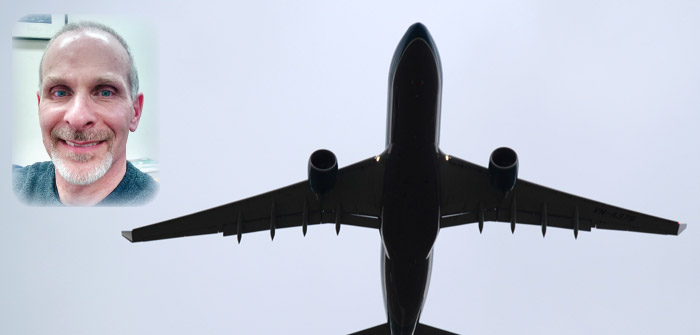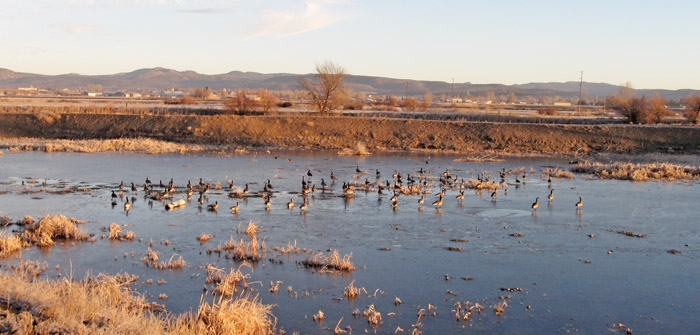2015 has arrived, and the much anticipated Federal Aviation Administration (FAA) regulations governing commercial use of unmanned aerial systems (UAS) in U.S. Airspace still seems distant at best. Despite a presidential mandate, a multitude of business opportunities and a broad spectrum of capability, the UAS industry has not been cleared for take-off. The lack of comprehensive regulations, however, has not stopped the momentum behind an industry that promises tens of thousands of jobs.
The transition from overseas military contracts and selective non-commercial domestic use is progressing, albeit at a slower than desired pace. During the month of October, the FAA granted approval for the Motion Picture Industry use of UAS for aerial filming.
As recent as January 2015 the FAA granted Tierra Antigua Realty in Tucson, Arizona the first exemption for commercial UAS use in real estate. Also in January, the administration gave Star, Idaho-based Advanced Aviation Solutions permission to operate UAS for aerial crop scouting and photographic measurements for precision agriculture. These approvals suggest the FAA will continue to consider individual request for commercial UAS operation, definitely a move in a positive direction.
Although encouraging, do the FAA actions indicate a general loosening of the reigns? The burgeoning commercial UAS industry is one small step for man, but remains remarkably complex by aviation standards. Considerations include qualification of the operators, size of the vehicle, classification of the airspace, defining the mission, flight safety and protecting the privacy of our citizens. The development of regulations addressing these issues as well as many others will demand a crawl, walk, run, approach.
The current applications demand strict altitude limitations, and significant operator qualifications. All the approvals mentioned in this article place 400 ft. altitude and line-of-sight restrictions on the vehicle. The operators must hold private pilot ratings and have current aviation medical exams, the same standards required of conventional airplane or helicopter pilots. In one respect, the high standards may address some of the flight safety and privacy issues but, in another, they make it time and cost prohibitive for some UAS operations.
At this point, one can only speculate what the FAA regulations will ultimately entail. The operator training requirements and flight profile restrictions are surprisingly demanding for relatively benign flight environments like agriculture and real estate. Establishing parameters for controlled airspace, high-traffic density and populated areas by comparison, will present a much more daunting challenge.
Supportive UAS organizations and industry will most likely apply pressure to ease the standards in an effort to realize the positive impact on employment, and maximum return on the investment. Many others applaud the restrictions, using air traffic confliction and potential privacy violations as arguments for keeping that quad copter in the proverbial airspace box. Although FAA delays may imply consideration for the opposing point of view, the complicated nature of the issue is more likely the cause of the measured approach to developing over-arching regulations.
The extent, to which, any of this will affect the Central Oregon Economy is difficult to determine. Aviation has played a significant role in the region’s economic history. At one time, it was among the leading industries, employing several thousand local residents. It stands to reason, the growth in UAS ventures, heightened interest in attracting UAS industry to the area, and Oregon’s certification as one of only six FAA authorized test site locations, would complement the resurgence in traditional aviation. All aspects of the UAS industry are represented in (or near) Central Oregon, training and education, manufacturing, research and development, flight-testing and opportunity for commercial deployment. Regardless of rules and regulations, it is no longer a question of whether UAS will become a viable industry in the region; it is a question of how quickly and to what extent the industry will grow.
Karl Baldessari is the program director and instructor for the aviation department at Central Oregon Community College.





